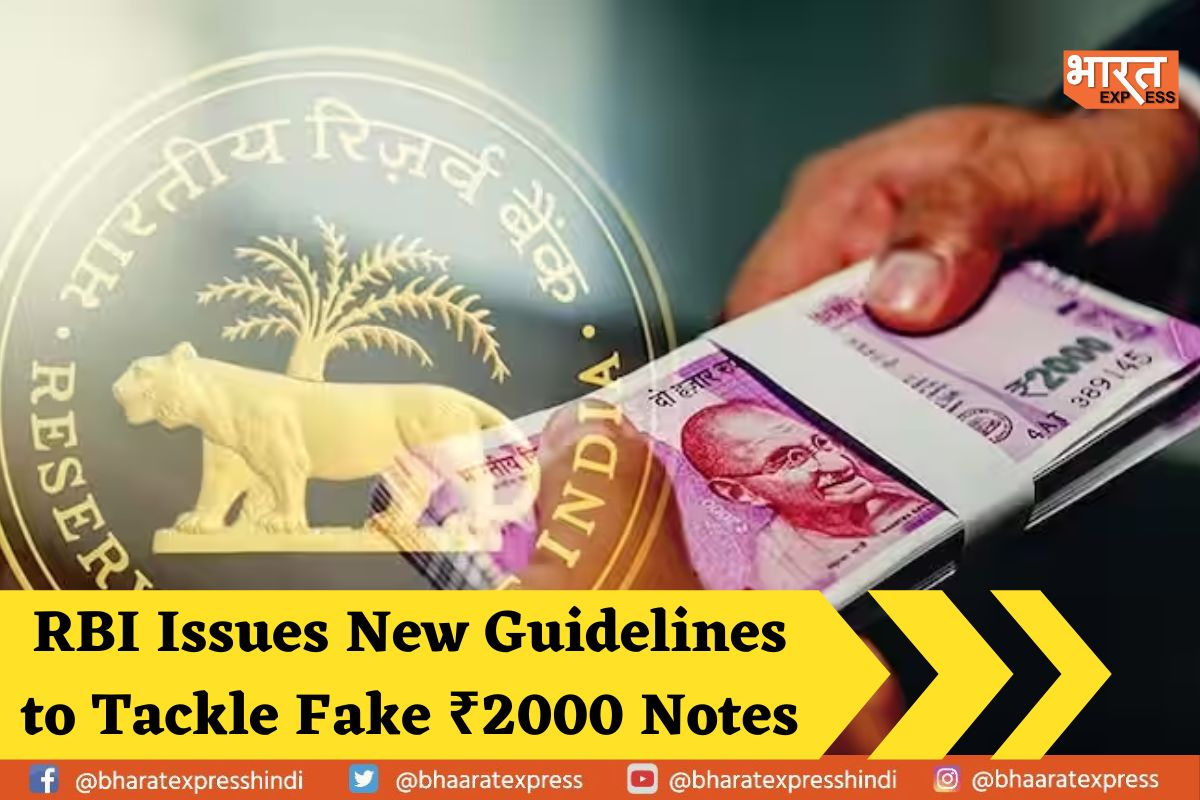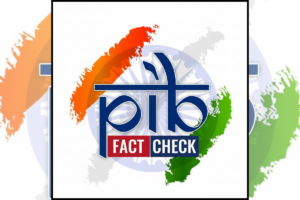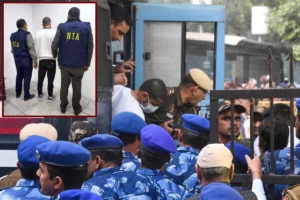
Reference Image
RBI Issues Guidelines to Banks for Dealing with Suspicious Accounts and Fake ₹2000 Notes
In an effort to combat suspicious accounts and counterfeit currency, the Reserve Bank of India (RBI) has introduced new guidelines for banks. Following the withdrawal of the ₹2000 denomination notes from circulation, the RBI has instructed banks to promptly report any suspicious accounts to investigating agencies. Additionally, banks have been directed to take immediate action upon the detection of counterfeit ₹2000 notes. Notably, individuals have been given a timeframe from May 23, 2023, to September 30, 2023, to exchange old ₹2000 notes at banks. The RBI’s proactive measures aim to ensure the integrity of the currency and maintain a secure financial environment.
Also Read: RBI Announces Rs 87,416-Crore Dividend Payout to Government for FY23
RBI to Comply with Circular and Issue Suspicious Transaction Reports
The Reserve Bank of India (RBI) has instructed banks to adhere to the guidelines outlined in the circular dated April 3, 2023. As part of these instructions, banks are required to issue Suspicious Transaction Reports (STRs) when deemed necessary. The purpose of the STR is to provide investigating agencies with information regarding accounts where large cash deposits are being made. Furthermore, the RBI has mandated the issuance of cash transaction reports. It is worth noting that the RBI has not made any changes to the Jan-Dhan account limit. These measures are aimed at ensuring transparency and accountability within the banking system as per the RBI’s directives.
RBI on Procedures for Handling ₹2000 Counterfeit Notes
The Reserve Bank of India (RBI) has issued a letter to banks outlining specific instructions for dealing with ₹2000 counterfeit notes. According to the RBI’s directive, upon receiving a ₹2000 note, banks are required to verify its authenticity using a note checking machine (NSM). If a counterfeit ₹2000 note is discovered within a bundle of notes, the bank must refrain from providing any other note as a replacement to the customer. Failure to comply with this instruction will be considered a violation by the bank, potentially resulting in fines. In case of identifying a fake note, the bank is required to stamp it with the phrase ‘Counterfeit Note’ as per the prescribed format. Additionally, all counterfeit notes should be recorded in a separate register for documentation purposes. The RBI’s measures aim to maintain the integrity of the currency and prevent the circulation of counterfeit notes.
Also Read: Indian Government Plans Action Against Google; Know Why
RBI Directives for Reporting and Handling Fake Notes
In accordance with the instructions from the Reserve Bank of India (RBI), specific protocols have been established for dealing with the detection of fake notes. As per these guidelines, if four counterfeit notes are identified in a single transaction, the nodal bank officer is required to report the incident to the police at the end of the month. Additionally, the suspected fake notes should be submitted to the police for further investigation. In the case of discovering five fake notes in one transaction, the nodal officer must immediately inform the local police. The police will initiate an investigation and register an FIR (First Information Report), with a copy of the FIR being sent to the main branch. These measures ensure a proactive approach in addressing counterfeit currency and maintaining the integrity of the banking system.
To read more such news, download Bharat Express news apps




















